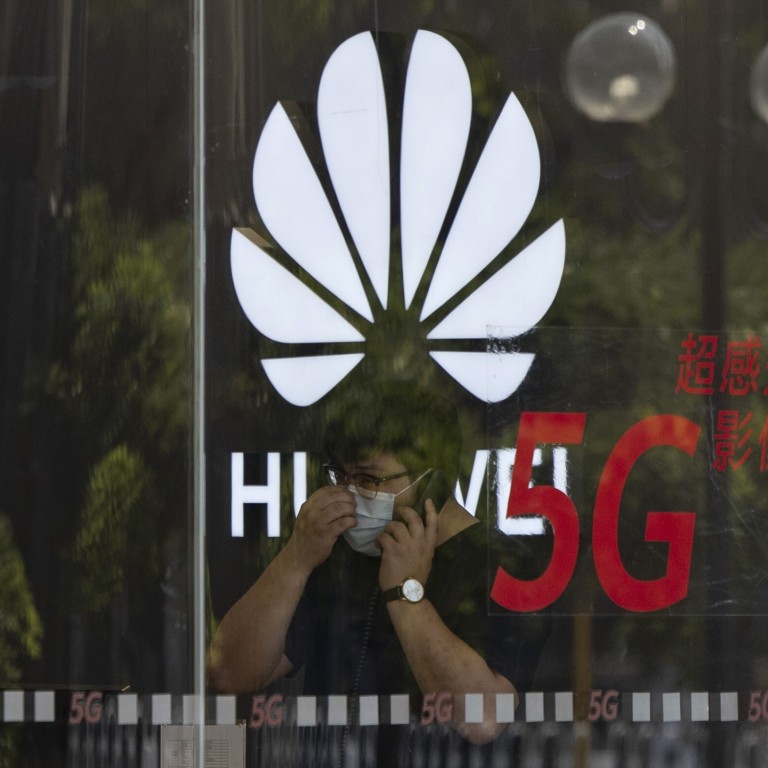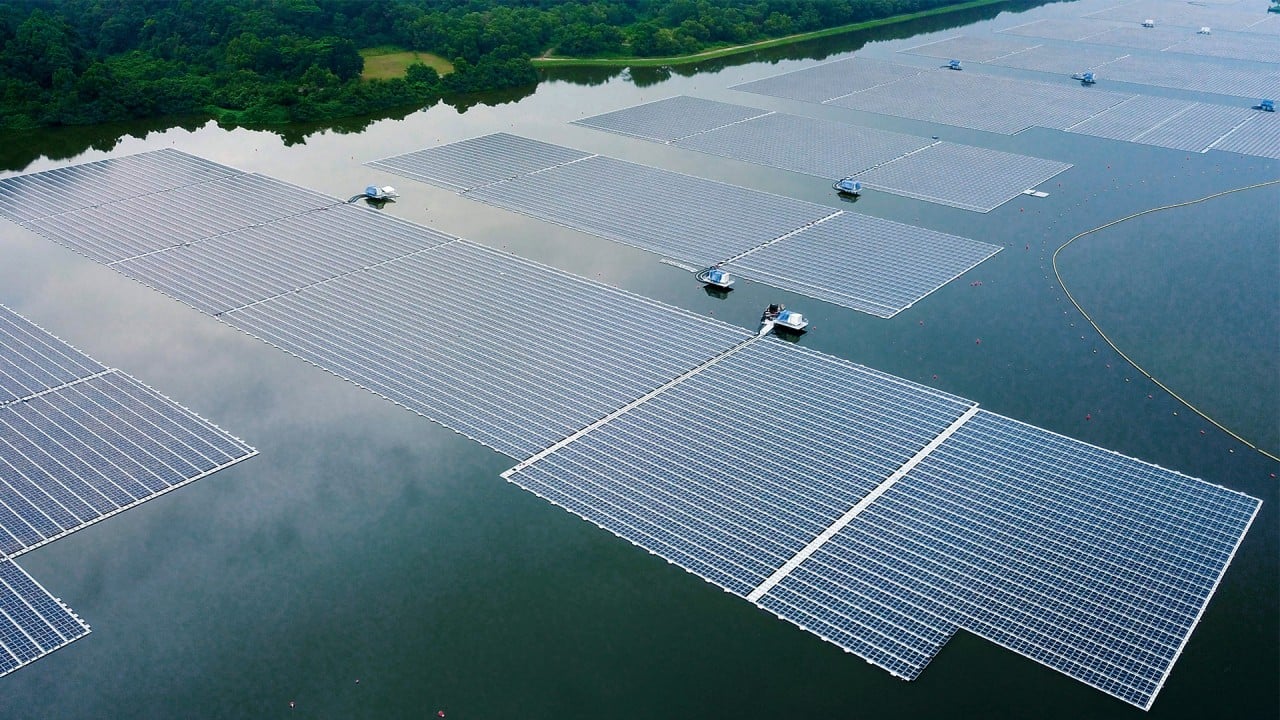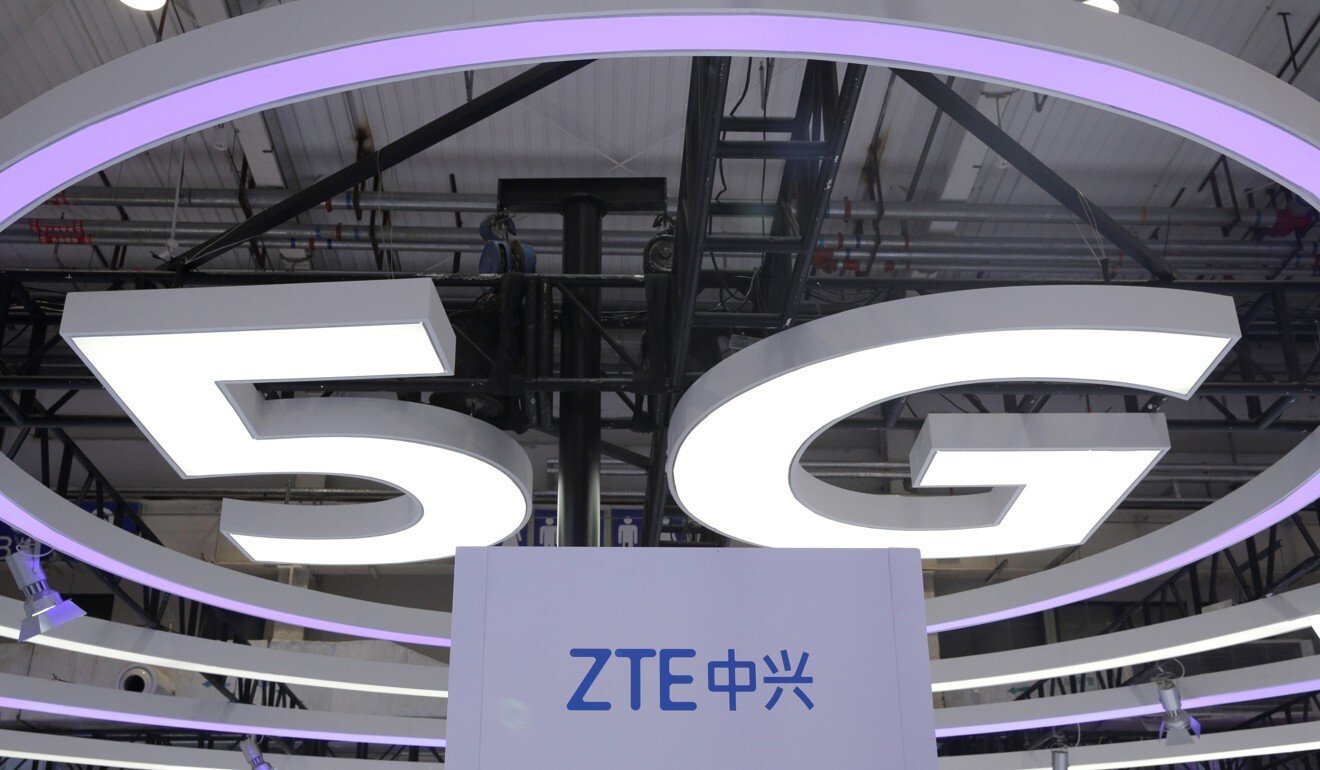
Climate change: Huawei and ZTE dial into China’s carbon neutrality call with low-emission technology using renewable energy
- New International Telecommunication Union standards require the ICT industry to reduce carbon emissions by 45 per cent from 2020 to 2030
- Huawei and ZTE are helping companies increase energy efficiency and are supporting renewable energy projects with their information and communications technology
The companies are helping the internet, transport and government sectors to increase energy efficiency and supporting renewable energy projects using their information and communications technology (ICT).
“Carbon neutrality has by and large become a globally recognised mission, one to which the ICT industry is actively contributing,” Huawei’s chairman Liang Hua said at the company’s sustainability forum in Shenzhen this month. “These days, advancements in ICT are focusing more on using less energy to transmit, process and store more information, while making energy systems more efficient.”

03:27
World leaders pledge to cut greenhouse emissions at virtual Earth Day summit
The ICT industry currently accounts for 3 to 4 per cent of global carbon dioxide emissions – twice that of civil aviation, according to Boston Consulting Group (BCG). Its share of carbon emissions is expected to grow further with global data traffic growing by around 60 per cent per year, BCG estimated.
Last year, a new International Telecommunication Union standard required the ICT industry to reduce carbon emissions by 45 per cent from 2020 to 2030.

01:44
Singapore unveils one of the world’s biggest floating solar panel farms
Its PowerStar solution has been used in over 400,000 sites in China, saving 200 million kWh of electricity a year, and deployed in South Africa and Morocco. The solution uses artificial intelligence to maximise power-off time to certain sections of the network when traffic demand is low.
The telecoms leaders also partnered with other sectors to help build high energy-efficiency data centres. The cloud data centres ZTE built for internet giant Tencent in Qingyuan, Guangdong province, helped reduce energy consumption by 30 per cent, according to ZTE.
China is the world’s largest producer of solar energy, installing more than 48.2 gigawatts of solar photovoltaic (PV) capacity in 2020. As the world’s largest supplier of PV inverters, a vital component for solar PV systems, Huawei is integrating ICT with PV technologies to help generate solar power more efficiently.

From 2013 to 2020, Huawei shipped its smart PV products to more than 60 countries that contributed to a total installed capacity of 160GW, generating more than 300 billion kWh of green electricity.
“‘Dual carbon’ (carbon peak and carbon neutrality) will bring a new market worth hundreds of billions yuan,” Zhang Guanghe, chief engineer of network energy at Huawei, said at an energy forum in Beijing this month.
Analysts noted that China’s carbon neutrality drive has also opened a new market for the telecoms companies.
“5G and 4G are important for China’s digital transformation, but energy consumption is also increasing,” said Ma Jihua, a Beijing-based telecoms analyst. “The telecoms giants have a responsibility to reduce emissions and help other industries with their digital transformation.”

